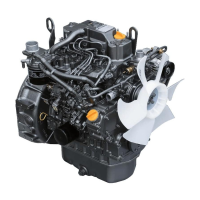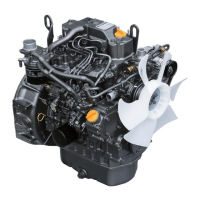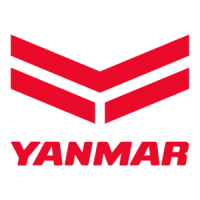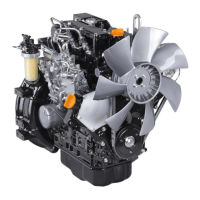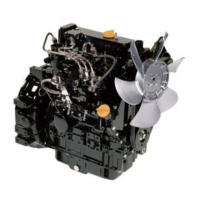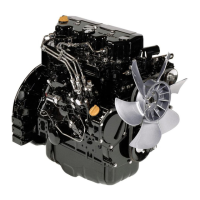What to do if there is insufficient fuel supply to fuel injection pump in Yanmar 3TNV82A?
- Ddebra43Aug 14, 2025
If there's insufficient fuel supply to the fuel injection pump in your Yanmar Engine, check the fuel tank cock, fuel filter, fuel pipe, and fuel feed pump.
